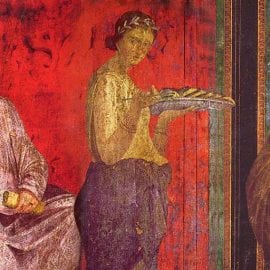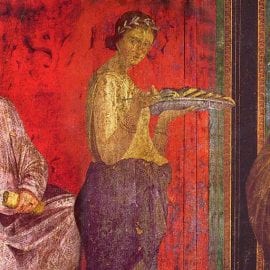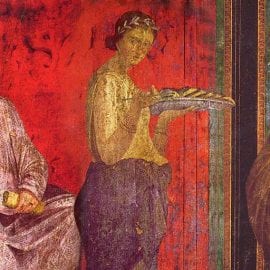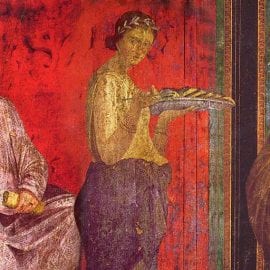When Ancient Rome Meets Your Modern Kitchen

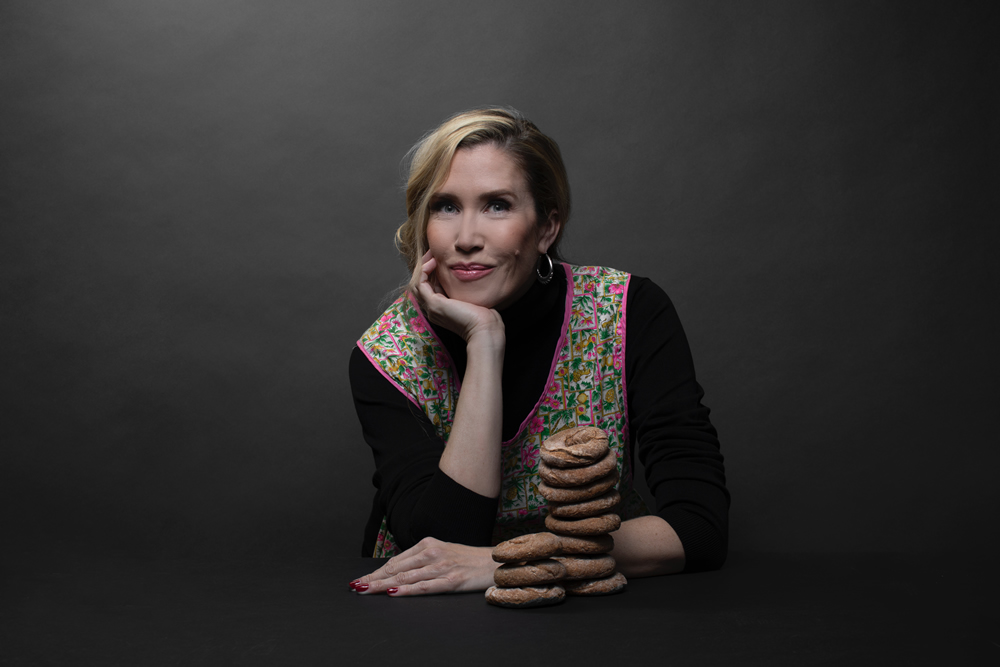
Farrell Monaco gets her cooking inspiration from 2,000-year-old carbonized bread loaves excavated from the ruins of Pompeii. As a classical archaeologist turned culinary experimenter, Monaco has built something unprecedented in the food world: a bridge between ancient Roman kitchens and modern home cooking that makes history deliciously tangible.
The Archaeologist Who Bakes History
Monaco's credentials read like an academic all-star roster: BA and MA from the University of Leicester's School of Archaeology and Ancient History, field work on Roman food archaeology projects from Monte Testaccio in Rome to the Pompeii Food & Drink Project, and current honorary visiting fellow status at Leicester. But what sets her apart isn't just her scholarship, it's her willingness to get flour under her fingernails recreating recipes that haven't been made in millennia.
Her experimental archaeology approach treats every ancient recipe as a puzzle requiring detective work across archaeological evidence, ancient texts, and artistic representations. When she recreates Roman bread, she's not just following instructions, she's interpreting carbonized loaves, analyzing fresco paintings, and translating Latin cooking manuscripts to understand how ingredients behaved in wood-fired ovens two thousand years ago.
The results have garnered serious attention. Monaco's work has been featured in National Geographic, The Atlantic, BBC Travel, and The Guardian. She won Saveur Magazine's Best Special Interest Food Blog Award in 2019, launched "The Old School Kitchen" touring education program, and even started her own bakery on Goldbelly shipping recreated Roman breads nationwide. All proceeds go to Forum dei Giovani, a youth charity in modern Pompeii.
Where Archaeology Meets Your Kitchen
What makes Tavola Mediterranea essential reading isn't just Monaco's academic credentials, it's her ability to transform scholarly research into recipes that work in contemporary kitchens. She doesn't just study ancient cooking; she makes it accessible, explaining why Roman techniques matter for modern cooks and how to adapt archaeological evidence into actual meals.
Her approach respects both historical accuracy and practical reality. When recreating ancient recipes, she clearly distinguishes between authentic ancient methods and necessary modern adaptations, explaining her reasoning for each decision. The result is cooking that honors the past while acknowledging present-day ingredients, equipment, and food safety knowledge.
Featured Recipes:
Libum Adoreum: Ancient Roman Focaccia from a Pompeii Fresco
Monaco's recreation of adoreum showcases everything compelling about culinary archaeology. When a new fresco was discovered in Pompeii in June 2023 depicting flatbread topped with fruit, media outlets immediately called it "ancient pizza." Monaco's archaeological analysis reveals something far more interesting: evidence of Roman libum adoreum, ceremonial flatbreads used as edible plates for fruit and cheese.
Her research connects Virgil's Aeneid descriptions of "eating the tables" with actual archaeological evidence, explaining how Romans used these specially-shaped breads as both food and serving vessel. The recipe features a depression around the bread's edge, an ancient design element that prevents toppings from sliding off, proving that practical kitchen wisdom spans millennia.
The modern adaptation uses spelt flour, honey, and olive oil to create a subtly sweet base, then tops it with fresh figs, ricotta, honey, and seasonal fruit. The result tastes nothing like pizza and everything like discovering a completely new category of baking that bridges bread and dessert.
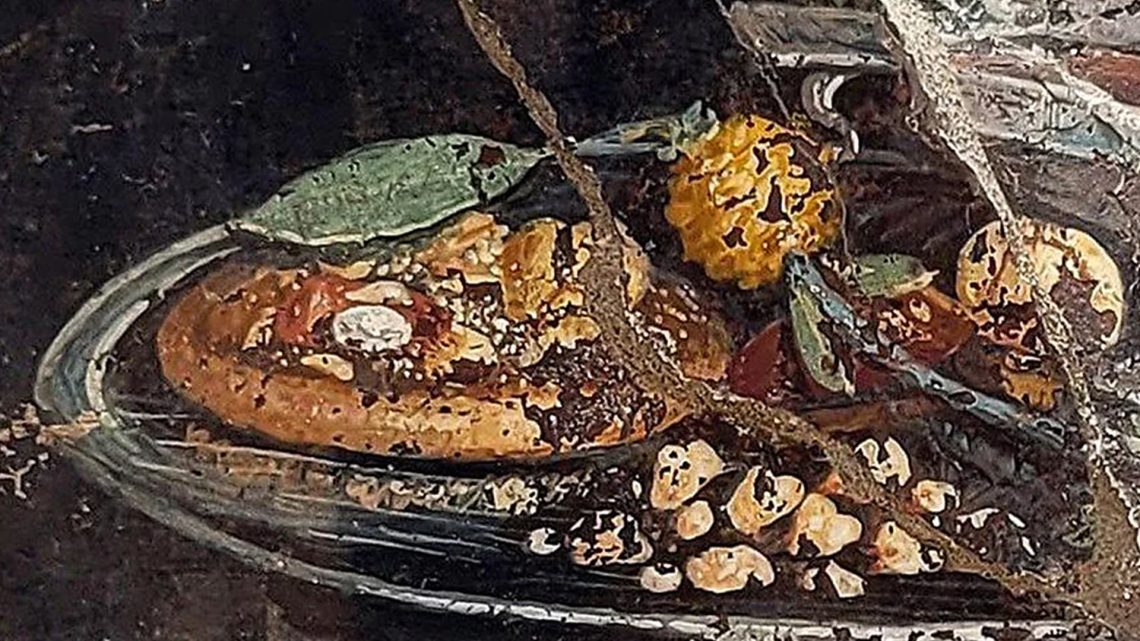
Apicius' Pear Patina with Honey Fritters
This recreation demonstrates Monaco's ability to transform ancient luxury cooking into approachable modern recipes. Based on Marcus Gavius Apicius' De Re Coquinaria cookbook from the 1st century AD, the pear patina represents sophisticated Roman dessert making that predates modern soufflé techniques by nearly two millennia.
Monaco explains how Roman patinae were both cooking vessels and cooking method, essentially ancient steaming that created light, airy textures using special lidded pots placed in embers. Her modern adaptation uses a pudding steamer to achieve similar results, creating a delicate pear custard seasoned with cumin, honey, and fish sauce that delivers the sweet-savory flavor profiles Romans preferred.
The accompanying honey fritters (globi) showcase Roman frying techniques, combining ricotta, wheat flour, and eggs into crispy balls served warm with honey, a direct ancestor of modern Italian fritelle that proves some pleasures are truly timeless.
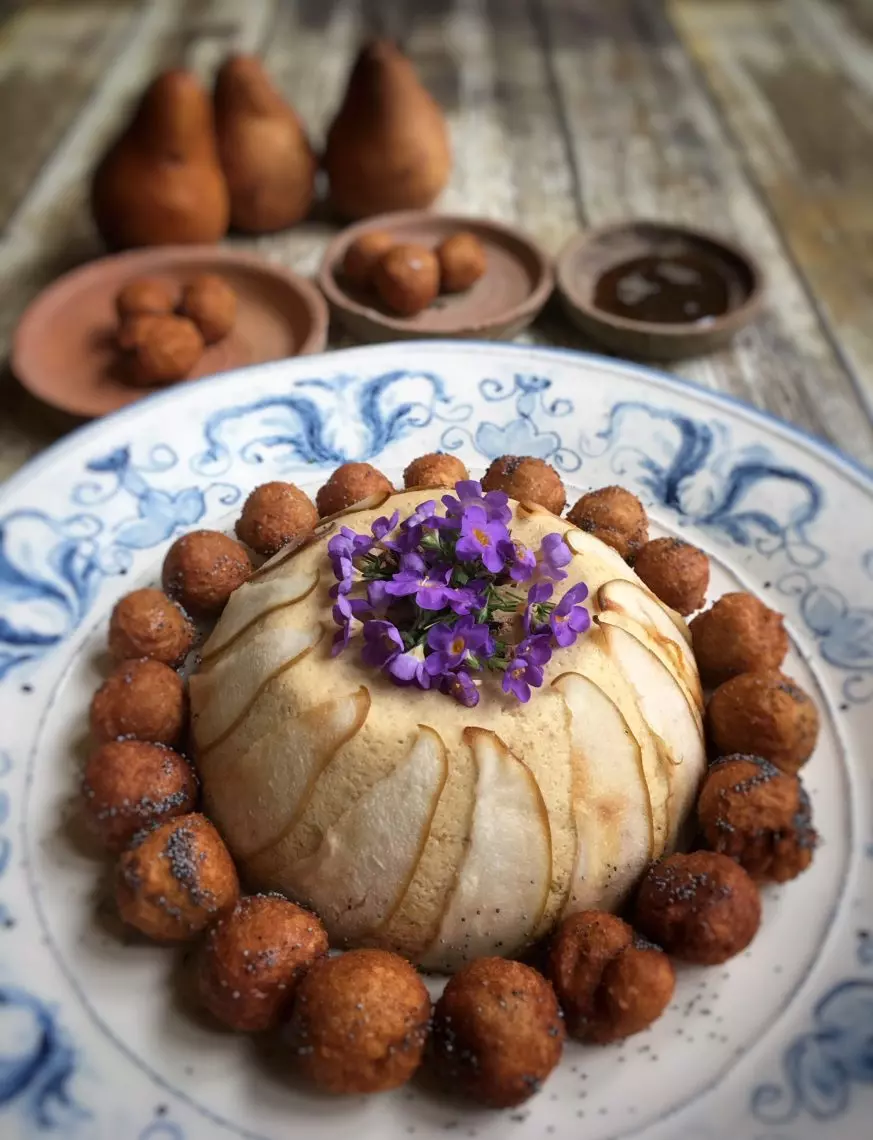
Why Ancient Techniques Matter Now
Monaco's work reveals that Roman cooking wisdom often surpasses modern methods. Ancient bakers understood fermentation science that's only recently been rediscovered by artisan bread makers. Roman flavor combinations using ingredients like fish sauce, honey, and spices create complexity that challenges contemporary sweet-versus-savory assumptions.
Her recipes also connect us to cooking's fundamental purpose: bringing people together. Roman meals were elaborate social events where food quality demonstrated hospitality and cultural sophistication. Monaco's recreations remind us that exceptional cooking has always been about more than nutrition—it's about creating experiences that honor both ingredients and community.
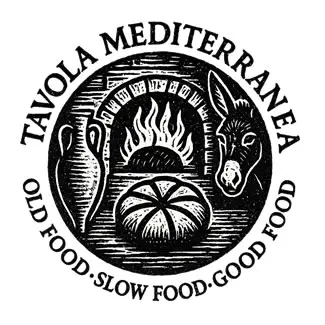
Bringing Ancient Wisdom to Modern Kitchens
Ready to explore cooking techniques that have satisfied appetites for two millennia? Monaco's carefully researched recipes offer adventure for curious cooks while her archaeological context enriches understanding of how food shapes culture across centuries.
Discover more culinary archaeology at tavolamediterranea.com and experience how ChefTalk's voice-guided cooking can help you master these ancient techniques with confidence, because some cooking wisdom is truly timeless.
